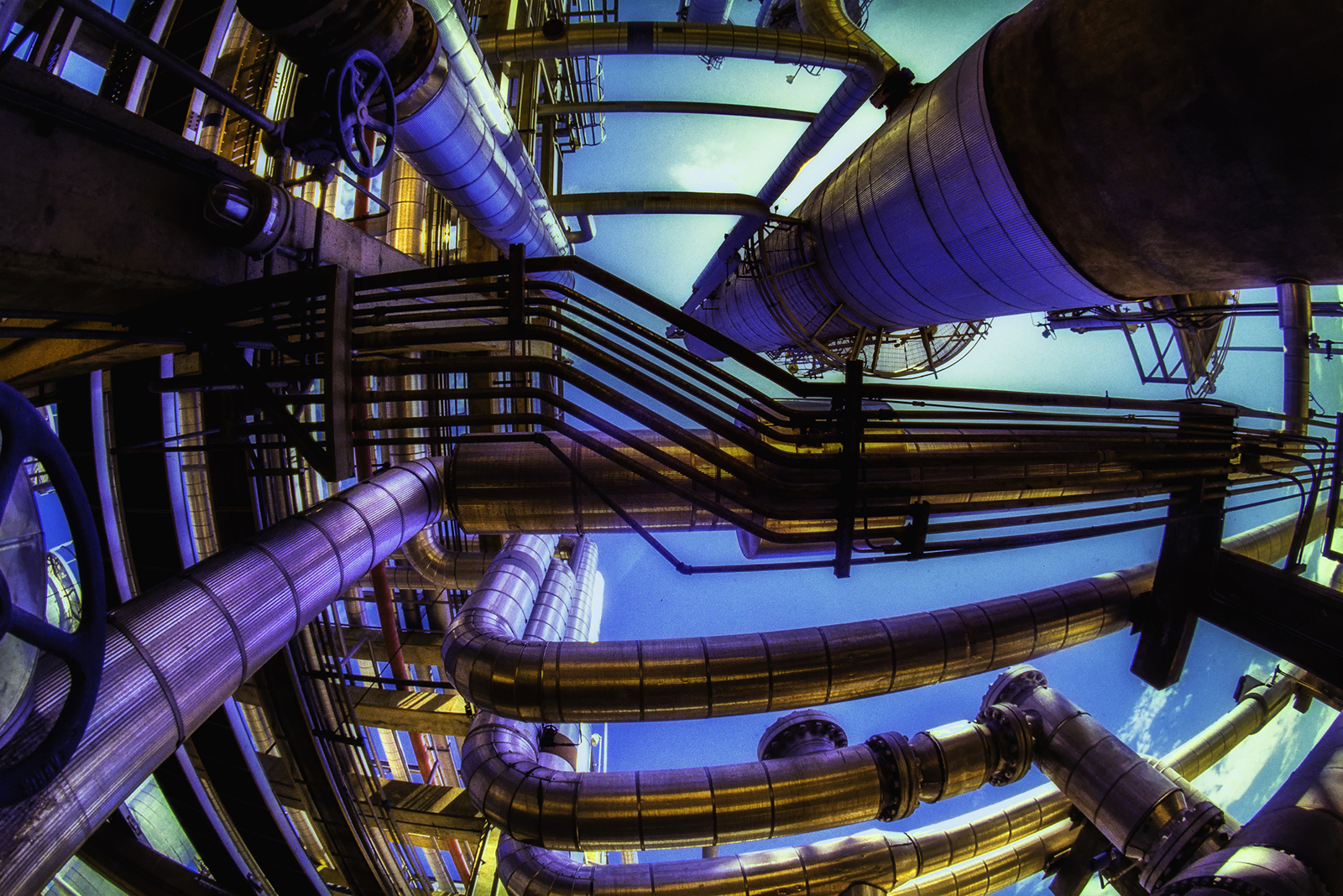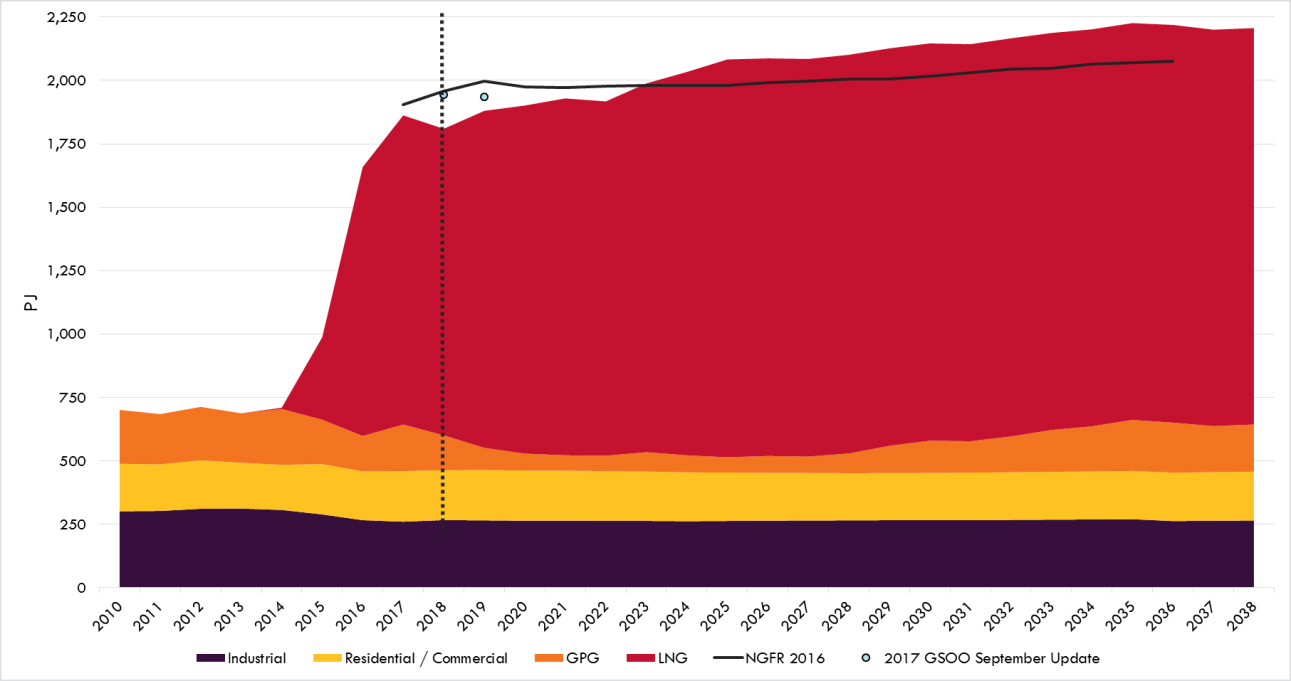A change in international market dynamics, lower demand for gas-powered generation, new pipeline interconnections and the Federal Government’s Australian Domestic Gas Supply Mechanism (ADGSM) have delivered an improved outlook for Australia’s east-coast gas markets.
The Australian Energy Market Operator’s (AEMO) 2018 Gas Statement of Opportunities (GSOO) provides a 20-year outlook for Australia’s east-coast gas sector.
“The 2018 GSOO outlines a number of rapid responses made by industry and government based on our concerns raised around forecast shortfalls in the 2017 GSOO update and the 2018 Victorian gas planning report,” said Executive General Manager, Planning and Forecasting, David Swift.
“Alongside international market changes, newly committed electricity generation resources have resulted in a favourable increase of gas availability for the east-coast market,” said Mr Swift.
The report on Australia’s gas sector reflects the ongoing interdependency between Australia’s gas and electricity industries, as a record amount of recently committed renewable generation is forecast to reduce the east coast’s reliance on gas-powered generation (GPG) for electricity.
“With over 4,000 megawatts (MW) of wind and solar coming online in the next two years, our forecasts show that GPG demand could be even lower than the projections in our 2017 GSOO, as the role of GPG transitions to focus more on meeting demand when renewable generation is low,” said Mr Swift.
“However, an increased need for GPG due to weather related or contingency events could still adversely impact this forecast, and tighten the supply demand balance once again,” said Mr Swift.
The report also reflects the connection between Australia’s domestic and international gas markets, as minor changes in Liquified Natural Gas (LNG) exports provide additional supply to the east-coast.
"The international oversupply of LNG capacity and the emerging spot Asia-Pacific LNG market means that international buyers are forecast to source less gas from Australian LNG producers in the short-term," said Mr David Swift.
"Coupled with the current supply conditions on the east coast, this will mean that LNG producers will be able to provide up to eight petajoules more than previously expected to the domestic market, which is a minor, but favourable addition to the east coast’s dynamic supply demand balance" said Mr Swift.
The forecast reduction in LNG exports has also coincided with a seven petajoule net increase of east-coast domestic production and a new Northern Gas Pipeline, which will be able to supply up to 90 terajoules of gas a day to Mount Isa from December 2018.
In the longer-term, the 2018 GSOO highlights the need for additional gas supply reserves to be developed, as existing fields ramp up their production to meet short-term demand.
"While southern producers have informed AEMO about their forecast production increase from the southern gas fields, AEMO’s 2018 GSOO forecasts still show that further exploration and development will be needed to meet demand from as early as 2022," said Mr Swift.
AEMO would like to thank industry members for providing an update to the GSOO figures, and looks forward to collaborating closely with the industry and governments on managing the secure supply of gas along Australia’s east coast.
For more information contact AEMO Media, Mobile: 0409 382 121 or Email: media@aemo.com.au









